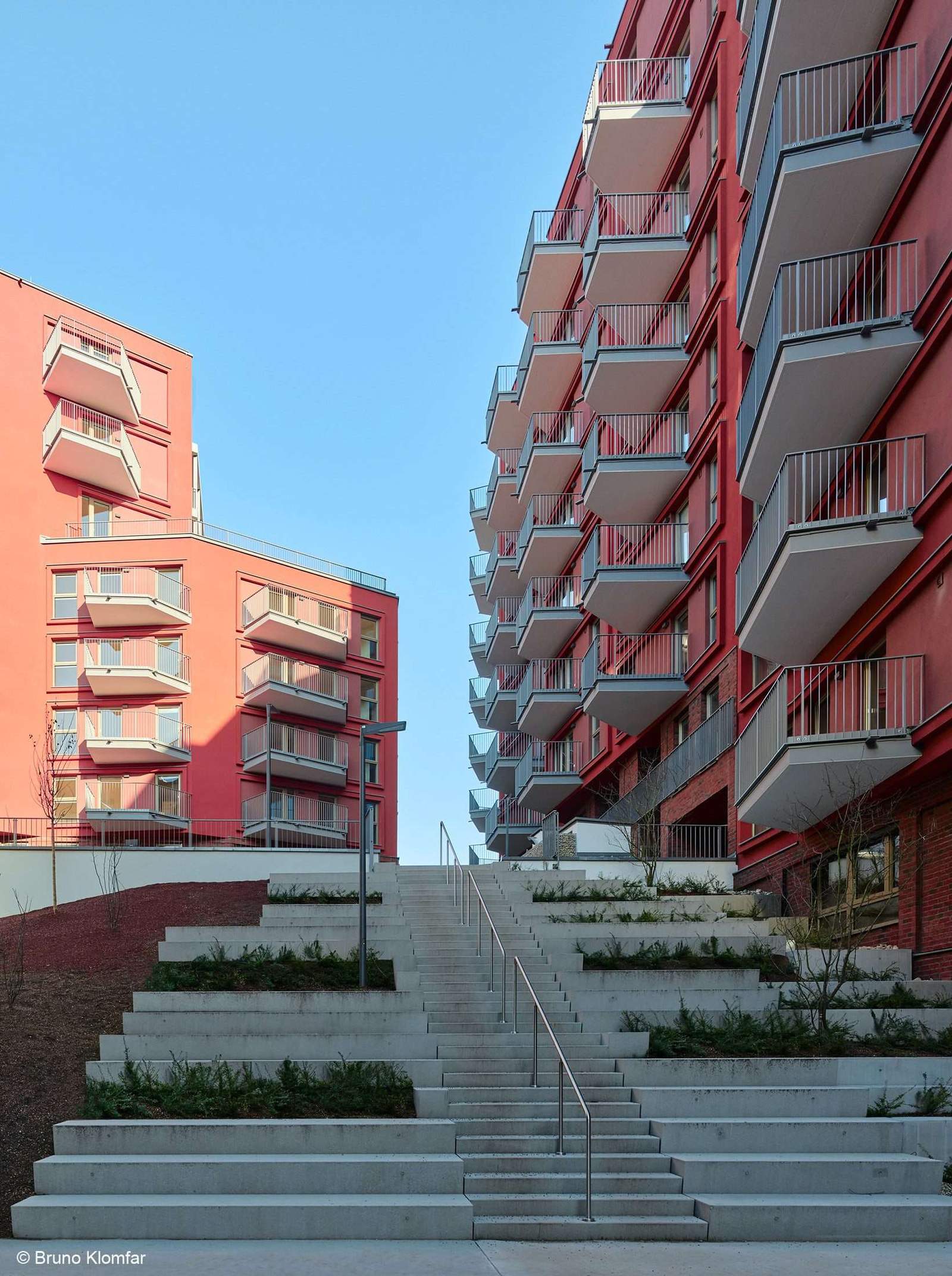In many ways, 2022 felt like the closest thing to a normal year we’ve had this decade, but that doesn’t mean it was uneventful for those in the design business. From war to inflation, 2022 saw plenty of seismic events, and subsequent uncertainty around energy and the economy, among other factors, could shape the year ahead.
Beyond keeping up with forecasted design trends for 2023, it’s worth staying informed on some of this year’s broader developments that could affect how you approach your design business in 2023. Whether it’s trying to make sense of inflation, AI art, or Instagram’s ever-changing algorithm, here’s a closer look at the industry shifts you need to anticipate in the new year.
Solar power isn’t just for the roof anymore
With this winter likely leading to increased energy bills, 2023 could be the perfect time for architects and designers to merge sustainability and affordability by harnessing the power of the sun. As WGSN’s 2023 trend report suggests, this could provide opportunities to not just add solar panels (and now solar shingles) to the home, but to integrate solar power into “everyday accessories such as lamps, kettles, heated blankets, toys, and even fans.” With WGSN survey data suggesting that nearly 90 percent of consumers see the importance of buying or renting an energy-efficient home, there may be brighter days ahead for solar-inclusive design.
Inflation could slow down in 2023
Although worst-case fears of a significant recession may not have come true (as of yet, at least), inflation—which hit a 40-year high in 2022—was a fact of life. But what will next year have in store? Treasury Secretary Janet Yellen predicts more of the same in terms of recessionary risks, but doesn’t see a recession itself as a necessary step to correct for said inflation. Coupled with the Federal Reserve’s expectations of a continued (albeit slower) raise of interest rates next year, her hope is that inflation will be on the downswing by the end of 2023.
That may not exactly be the news consumers want to hear. But while the economy remains in wait-and-see mode, it could be further good fortune for furniture and design resale marketplaces, which consumers already see as an inflationary hedge. That trend will likely continue in the absence of an economic rally.
Home prices have dropped from earlier peaks, but how will the market move?
The US housing supply hit record lows in 2021, which kept prices sky-high as surging demand stuck around in 2022. With interest rates rising to tamp down that aforementioned inflation, those prices have retreated from their peak. But don’t assume that market correction will mean 2023 is the time to score a deal on a new home. Housing market experts predict that while prices will likely retreat a little further in some of the most expensive zip codes, this may not translate to a nationwide decline. If housing prices do see a sharp fall, however, it could be a harbinger of much larger economic problems that would ultimately leave buyers, sellers, and everyone else in a tough spot.
NFT demand is not fully there
For designers curious about NFTs, the start of 2022 seemed to offer great promise. 1stDibs was among the design marketplaces to offer blockchain art for sale, and the metaverse opened up new possibilities for innovative digital design and even online architecture. But with the NFT bull market turning bearish (see: Justin Bieber’s $1.3 million Bored Ape Yacht Club NFT losing nearly 95 percent of its value) and the FTX fiasco inspiring further cryptocurrency caution, predictions of the blockchain revolution may have been premature.
There’s certainly always the chance demand will bounce back, especially if wider metaverse adoption shows consumers the value of unique and ownable digital assets. But for now, one would be wise to continue investing at least some of their design efforts into tangible and real-world projects.
The social media landscape is changing, but algorithms still run the show
Elon Musk’s acquisition of Twitter, which led to staff layoffs and user defections, is the most headline-grabbing shakeup in the social media landscape, but it’s far from 2022’s only change. The rise of BeReal and more off-the-cuff posting suggest a desire to retreat from Instagram’s highly stylized and curated approach to posting photos, especially at a time when visual creatives have noticed Instagram’s algorithm de-prioritize still images in favor of TikTok–like Reels. With Twitter’s future in doubt, alternatives like Mastodon and Hive Social are gaining traction, but none have yet hit the critical mass of users required to become the next big social platform.



